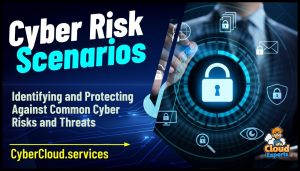Best Practices
Identity Hijacking: Understanding and Prevention
It is crucial to be aware of the risks associated with identity hijacking and take proactive steps to protect yourself online.
 Identity hijacking, also known as identity theft, is a serious cybercrime where an unauthorized individual gains access to and uses someone else’s personal information for fraudulent purposes.
Identity hijacking, also known as identity theft, is a serious cybercrime where an unauthorized individual gains access to and uses someone else’s personal information for fraudulent purposes.
This can lead to financial loss, reputational damage, and emotional distress for the victim.
It is crucial to be aware of the risks associated with identity hijacking and take proactive steps to protect yourself online.
Identity hijacking involves the unauthorized use of someone’s personal information, such as their name, social security number, credit card details, or other sensitive data, to commit fraud or other criminal activities. Hackers and cybercriminals often target individuals, businesses, or organizations to steal identities for financial gain.
Types of Identity Hijacking
There are several common methods used in identity hijacking:
- Phishing: Sending deceptive emails or messages to trick individuals into providing personal information.
- Skimming: Capturing credit card information using devices installed on ATMs or point-of-sale terminals.
- Data Breaches: Unauthorized access to databases containing personal information.
- Account Takeover: Gaining control of someone’s online accounts through stolen credentials.
Prevention Techniques
Protect yourself from identity hijacking by following these preventive measures:
- Use Strong Passwords: Create unique and complex passwords for your online accounts.
- Enable Two-Factor Authentication: Add an extra layer of security to your accounts.
- Monitor Your Accounts: Regularly check your financial statements and credit reports for any suspicious activity.
- Avoid Public Wi-Fi: Be cautious when using public Wi-Fi networks, as they may not be secure.
- Keep Software Updated: Install security updates and patches for your devices and applications.
Response to Identity Hijacking
If you suspect that your identity has been hijacked, take immediate action:
- Notify Authorities: Report the incident to the police and relevant authorities.
- Contact Financial Institutions: Inform your bank and credit card companies to freeze your accounts.
- Update Security Settings: Change passwords and review security settings on your accounts.
- Monitor Your Identity: Consider using identity theft protection services to safeguard your information.



